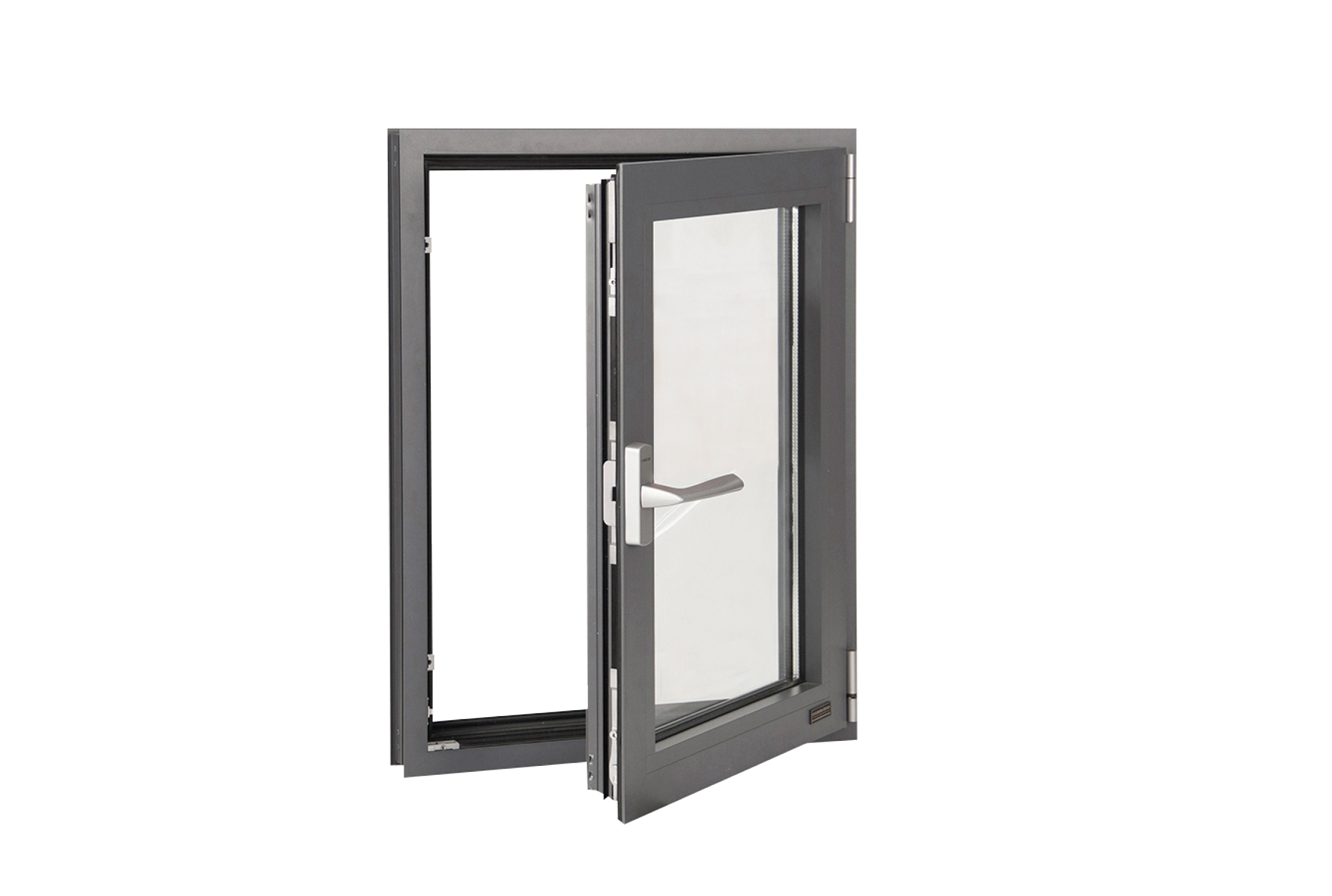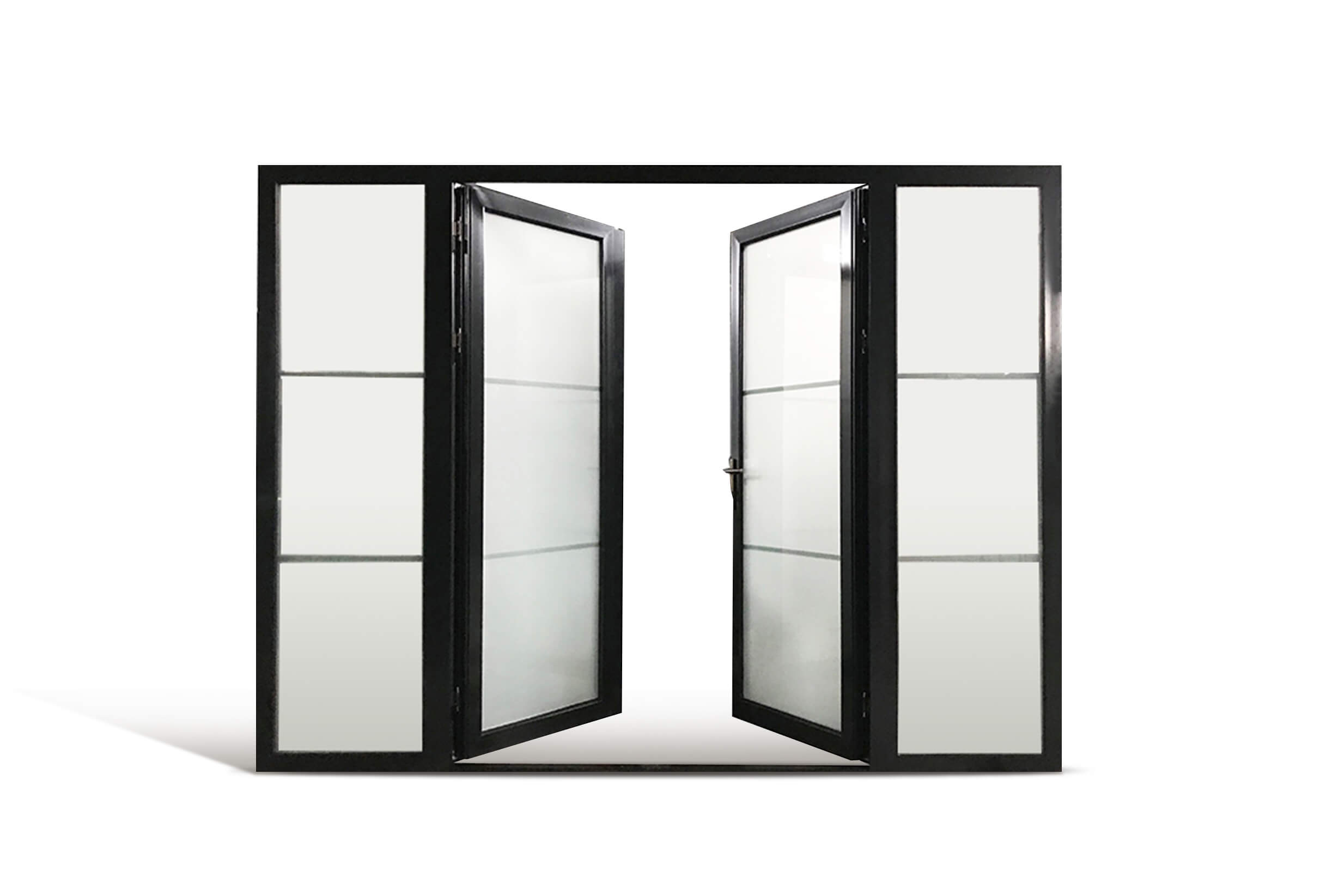Custom Steel Windows and Doors: A Detailed Cross-Section Analysis
Steel windows and doors have gained tremendous popularity in recent years due to their durability, aesthetics, and versatility. In this blog post, we will explore the intricate details of custom steel frames used in windows and doors, focusing on the cross-section analysis. Understanding these details will help you make informed decisions when choosing the ideal steel frames for your project.
1. Introduction
Before delving into the specifics, let's briefly discuss the benefits of custom steel frames. Steel windows and doors offer exceptional strength and security, making them perfect for both residential and commercial applications. Their sleek and slender sightlines create an elegant and contemporary look, adding a touch of sophistication to any space. Furthermore, steel frames are highly resistant to corrosion, ensuring a long lifespan with minimal maintenance.
2. Anatomy of a Steel Frame
A typical custom steel frame consists of several essential components, including:
- 1. Outer Frame: The outer frame forms the perimeter of the window or door unit. It provides structural support and acts as the primary attachment point.
- 2. Mullions and Transoms: These horizontal and vertical members divide the frame into smaller sections, accommodating multiple glass panels or solid panels.
- 3. Glazing Beads: Glazing beads secure the glass within the frame, ensuring airtightness and preventing any rattling or movement.
- 4. Weatherstripping: Weatherstripping is applied to the frame to create a tight seal against water, wind, and air infiltration.
3. Cross-Section Analysis
Now let's explore the cross-section details of custom steel frame assembly. Understanding these intricacies will help you assess their performance and determine the most suitable option for your project.
3.1. Frame Profile
The frame profile plays a crucial role in defining the overall aesthetics and performance of steel windows and doors. Common profiles include T-shape, L-shape, and square profiles. Each profile offers different levels of strength, thermal efficiency, and design possibilities. Selecting the appropriate profile will depend on the specific requirements of your project.
3.2. Glass Thickness and Type
The choice of glass significantly impacts the energy efficiency and sound insulation properties of steel windows and doors. Different glass thicknesses and types are available, such as single glazing, double glazing, or even triple glazing for enhanced insulation. Additionally, the inclusion of low-emissivity (Low-E) coatings can further improve thermal performance.
custom steel windows and doors frame detail cross section

 Picture Windows
Picture Windows Single Double Hung Windows
Single Double Hung Windows Tilt & Turn Windows
Tilt & Turn Windows Sliding Windows
Sliding Windows Bi-Fold Windows
Bi-Fold Windows Gliding Patio Doors
Gliding Patio Doors Bi-Fold Doors
Bi-Fold Doors Lift and Slide
Lift and Slide  Entry Doors
Entry Doors Swinging Doors
Swinging Doors




.jpg)
.jpg)